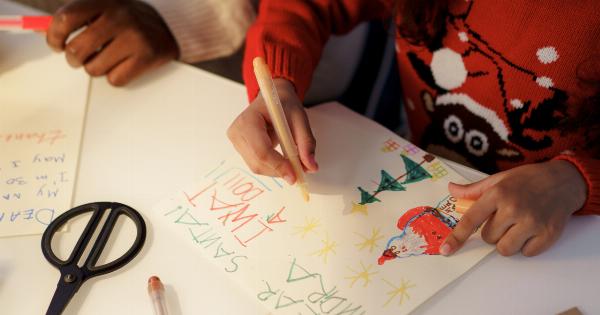As the Christmas season approaches, many children begin to anticipate the arrival of Santa Claus. They write letters to him, leave out cookies and milk, and eagerly await his visit on Christmas Eve.
But as children grow older, they may begin to question whether or not Santa Claus is actually real. If your child comes to you with this question, it can be difficult to know how to respond. While the answer may vary from family to family, there are a few things to consider as you navigate this situation.
The History of Santa Claus
To understand the question of whether or not Santa Claus is real, it can be helpful to learn about the history of this beloved holiday figure.
The character that we now know as Santa Claus has evolved over time, drawing on traditions and beliefs from various cultures. One of the earliest figures that may have influenced Santa Claus is Saint Nicholas, a fourth-century Christian bishop known for his generosity and gift-giving.
Over time, stories about Saint Nicholas became intertwined with other traditions. In the Netherlands, for example, Sinterklaas was a popular figure who would bring gifts to children on the evening of December 5th.
Dutch immigrants brought this tradition to North America, where it eventually evolved into the Santa Claus that we know today. This figure is typically depicted as a jolly old man with a white beard, dressed in a red suit. He travels around the world on Christmas Eve, delivering presents to children who have been good throughout the year.
Believing in the Magic of Christmas
One of the reasons that children may struggle with the question of whether or not Santa Claus is real is because they want to believe in the magic of Christmas.
For many children, the idea of a magical figure who delivers presents is an important part of the holiday season. It can be disappointing for them to learn that this figure may not be real.
However, many parents choose to encourage their children to believe in the magic of Christmas, even if they know that Santa Claus is not a real person.
They may encourage their children to write letters to Santa, leave out cookies and milk, and leave out carrots for the reindeer. This can be a fun and exciting way to participate in the holiday season, and it can help keep the magic of Christmas alive.
Talking Honestly with Your Children
While many parents choose to encourage their children to believe in the magic of Christmas, others may feel that it is important to be honest with their children about whether or not Santa Claus is real.
They may worry that perpetuating this myth could be harmful or dishonest. If you choose to take this approach, it can be helpful to have an open and honest conversation with your child about why you have decided to tell them the truth.
You can explain that while Santa Claus may not be a real person, the spirit of giving and generosity that he represents is very real.
You can encourage your child to participate in the holiday season by giving to others, whether it be through volunteering, donating to charity, or simply taking the time to be kind and thoughtful to those around them.
The Importance of Family Traditions
Ultimately, the question of whether or not Santa Claus is real may not be the most important part of the holiday season. What is most important is the time that families spend together, and the traditions that they create.
Whether or not your child believes in Santa Claus, the memories that you create together can last a lifetime.
So if your child comes to you with the question, “Is Santa Claus real, Mommy?” take some time to think about how you want to respond.
Remember that there is no right or wrong answer, and that the most important thing is to create a loving and supportive environment for your child to grow and thrive in.





























